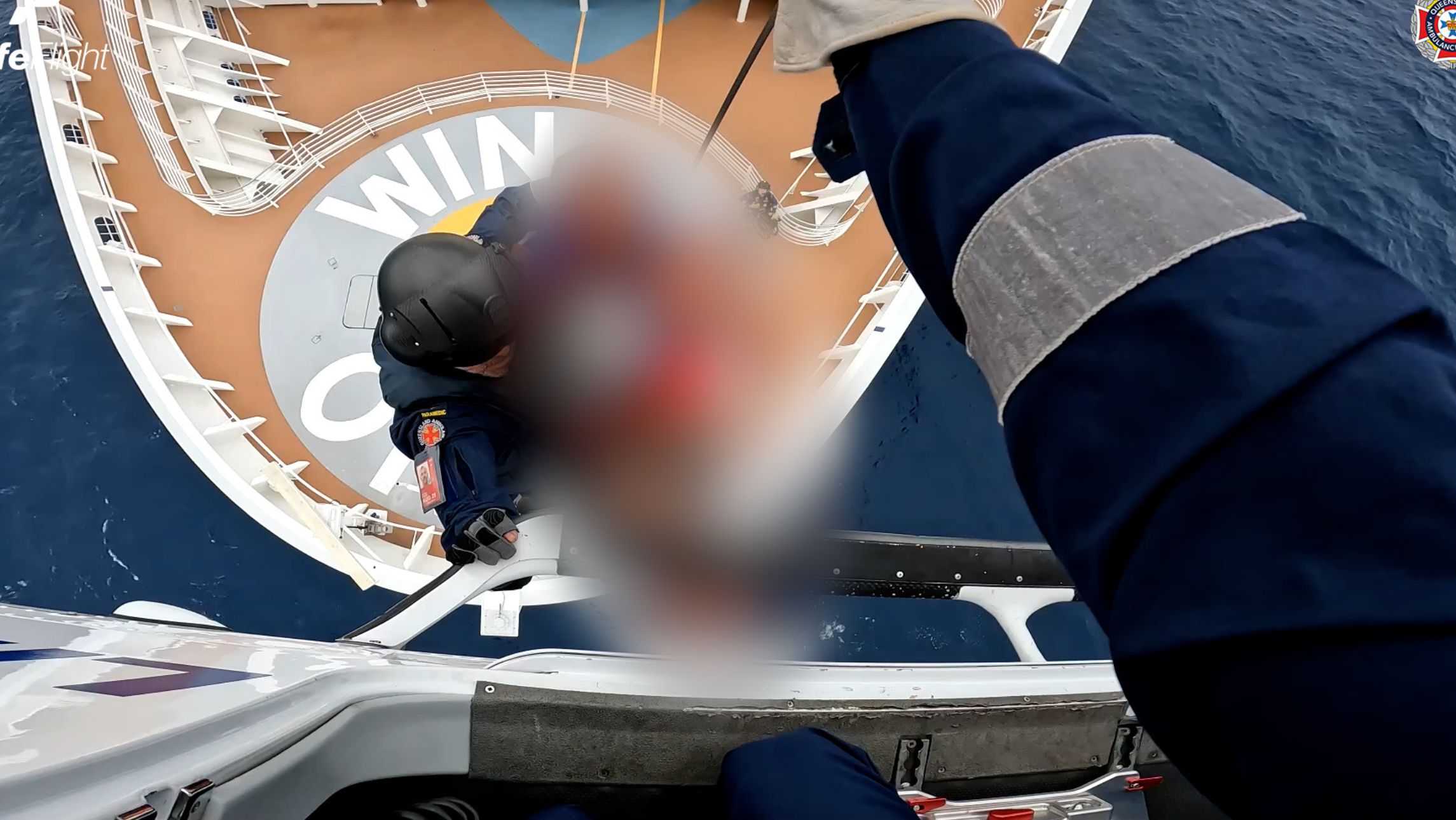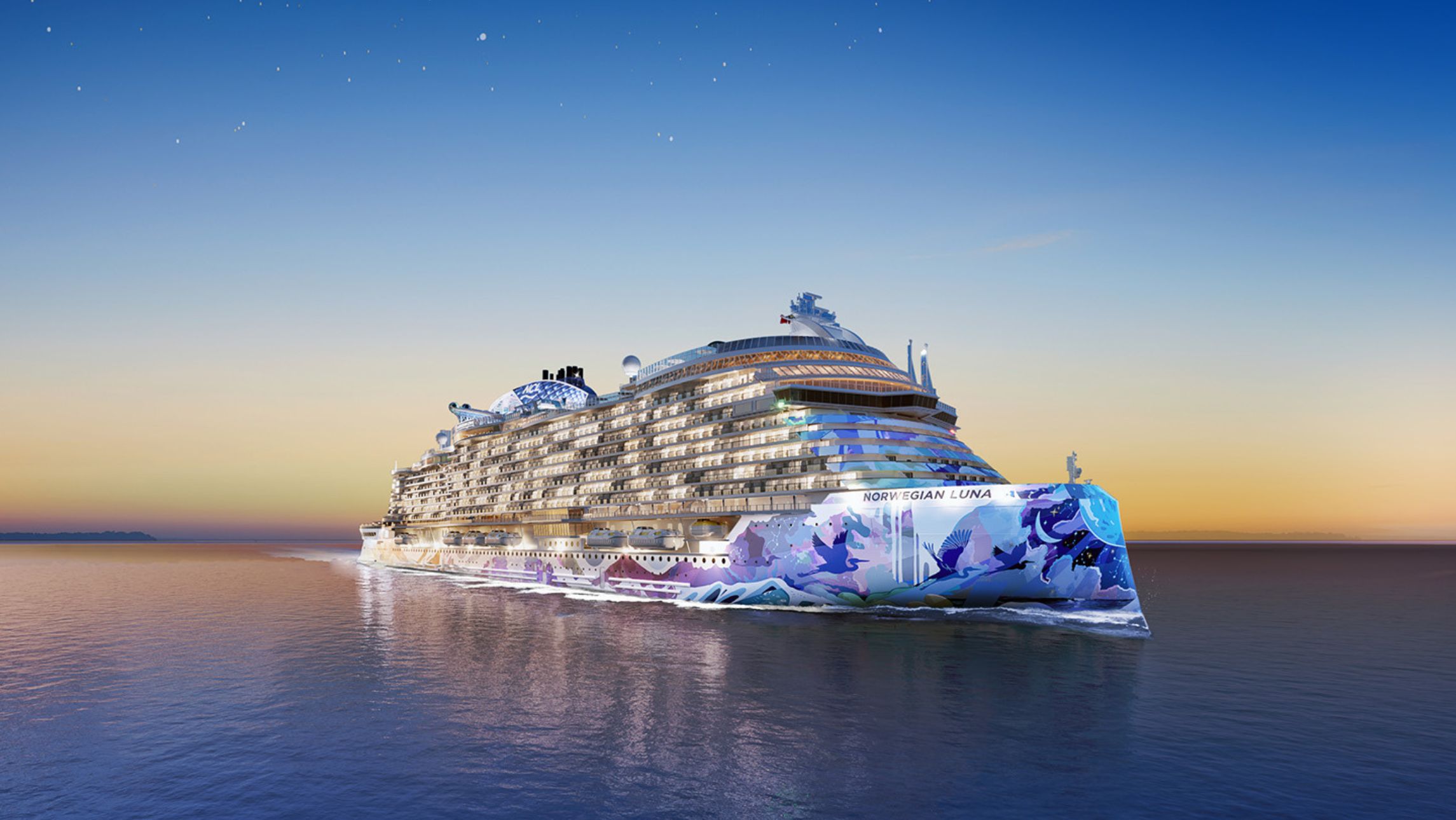Royal Caribbean Group Chairman and CEO Richard Fain said in a new video this week that the group has carried one million passengers worldwide since the restart and highlighted the few COVID cases that occurred on its vessels.
“We wanted to show in a tangible way how safe and healthy cruising is. We’re doing that today – not by theory, not by prediction, but by actual operations … We’ve carried over half a million guests (in America) and only have 41 cases amongst those 500,000 people,” said Mr Fain said in his latest video address.
“We have always said that there will be cases aboard the ships, just as there are cases onshore. But because of our protocols, there haven’t been any big outbreaks, and the few cases we have seen have been managed quickly and effectively.”
Mr Fain said that by the end of 2021, Royal Caribbean wants virtually all of its ships to be operating and “operating seamlessly” in their core markets.
“We’re stepping up on marketing to prepare for wave period … We’re excited about the way forward and confident that the darkest days of behind this, as we set our sights on a strong wave and a powerful 2022.”
In the COVID era of sailing, when a case is found on board, what happens next? It’s one of the biggest questions running through the minds of those awaiting cruise’s return in Australia.
It’s been made clear that Australia’s federal strategy now involves living with COVID, rather than attempting to eliminate it. So how does this reconcile with the health and safety of guests when cases happen onboard?
Here’s a rundown of what you might expect to happen if a case is found on board, how the cases might be reported and what happens to you if you’re the one testing positive.
On-board protocol
Michael Bayley CEO of Royal Caribbean International recently spoke on some of the natural consequences cruise ships are facing from operating in the world of COVID.
Mr Bayley wrote in a Facebook post: “Do we have COVID positive guests on board? Yes…typically one or two of a thousand plus guests a week per ship.”
“What happens onboard? Quarantine for COVID positive guests and testing of immediate travel party, contact tracing and testing of all contacts and quarantine if positive. Repatriation home via private jet in the majority of cases.”
For further insight. Here’s a first person account from Cruise Critic, who was on-board when two cases were found on Celebrity Millennium.
“We were onboard when two cases were discovered as part of routine end-of-cruise testing. The couple were isolated in another cabin, and passengers and crew were re-tested. The result: no other passengers or crew were affected.”
Reporting
Some clues into how COVID outbreaks may be handled in Australia have been given by the colour-coded system being used in the US.
To help make it easy for cruisers to check the safety of their ship and make better informed decisions, the Centre for Disease Control and Prevention (CDC) has developed a colour-coded system for cruise ship safety.
The system can be viewed on their website here and will be updated multiple times a week.
The system
- Green: No COVID cases on board
- Orange: Cases low enough that there is no required investigation, generally only for test and simulated cruises
- Yellow: Cases have occurred on board and meet the threshold for CDC investigation
- Red: The ship has too many cases and will be subject to additional health protocols
Currently, none of the listed ships have red status, but many are on yellow.
Tony Barnette, the creator of La Lido Loca, a daily Youtube cruise-themed channel, gave his commentary on the system to Forbes.
“The list is helpful because it shows a number of things.”
“First, it shows all cruise lines are experiencing and managing COVID cases. Second, it gives travellers the ability to look at their specific ship and see what is going on. When it comes to cruising, the more you know, the more comfortable you feel.”
Though Mr Barnette said it would be an improvement for the site to give a clearer ratio of the proportion of cases to total passengers.
When you hear there are X number of cases and you don’t have a point of reference, you don’t know how concerned you should be. For instance, if the prevalence is less than 1%, that is less troubling than 10%.”
Mr Barnette has taken three cruises since June and has been feeling perfectly safe at sea.
“The amount of safety measures and protocols in place on a cruise is unrivalled in most other businesses.”
The vaccination status of each passenger is known and tracked; each cruise ship has certain medical facilities and procedures for testing and dealing with COVID in place, along with plans to get passengers home if need be. It’s hard to pinpoint other industries with such robust protocols.”
What if the positive case is you?
Cruise lines will of course differ in their policies, but generally it seems like you won’t be left completely in the dark.
For an example of a cruise line’s policy, this is from Carnival Cruise Line’s website. They assure you of a pro-rated future cruise credit equal to the number of days you are forced to quarantine for. Their full policy reads:
“Even with these protocols in place, there may be positive COVID-19 cases on board during your cruise. Our ships have medical centers with capabilities for diagnosis and testing and are equipped for contact tracing. Our crew is fully vaccinated and wears masks indoors at all times. Given our protocols, positive cases are far below what communities are experiencing shoreside. However, given the Delta variant is causing a rise in cases among the vaccinated population, it is important that you are aware of the following information:
- In the event guests are in close contact with or exposed to any guest or crew member who tests positive for COVID-19, or display any symptoms for a COVID-like illness during the cruise, they and their close contacts will be required to undergo additional testing and may be required to quarantine in their stateroom until our medical team determines it is safe for them to resume their cruise activities.
- If guests traveled by air to join their cruise and test positive at embarkation and are not able to cruise — or test positive during the cruise — they and their close contacts may be required to quarantine before traveling home.
- Guests who are quarantined on board will receive a pro-rated future cruise credit equal to the number of days in quarantine.
- For guests who must quarantine locally, Carnival will help make quarantine arrangements; however, all related expenses will be the guests’ responsibility.”










What Australian travel insurance is available for cruising?
Covermore recently brought out their international specifically excluding if even one overnight on a ship.
Please publish in an article when you have info.